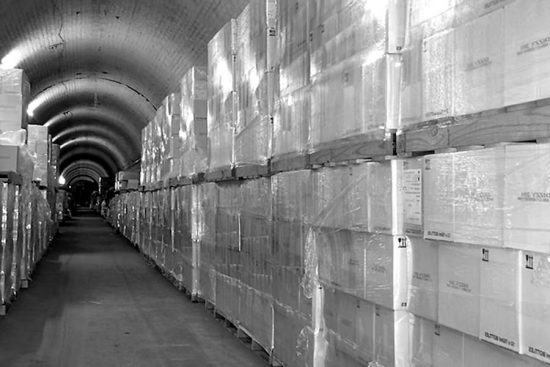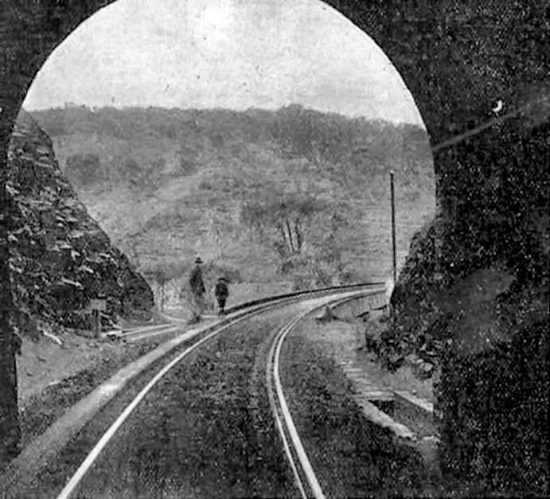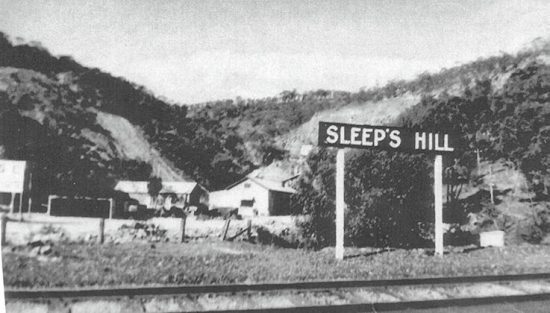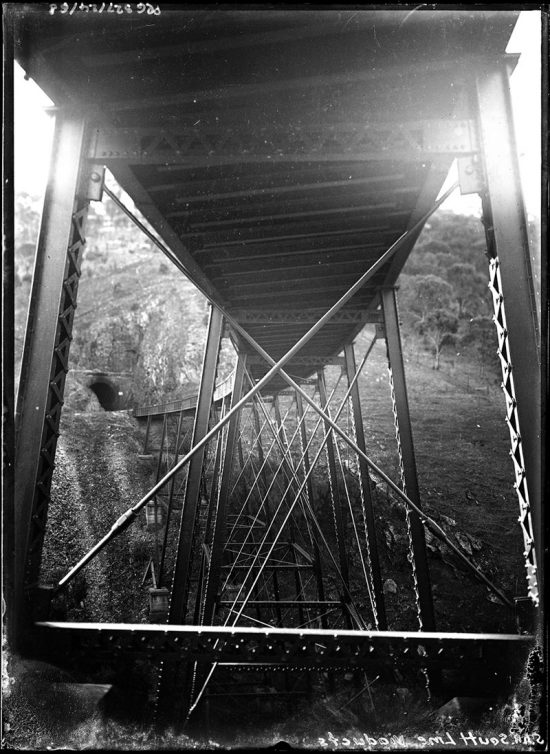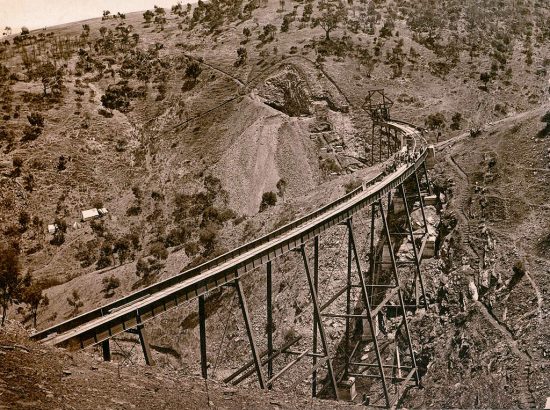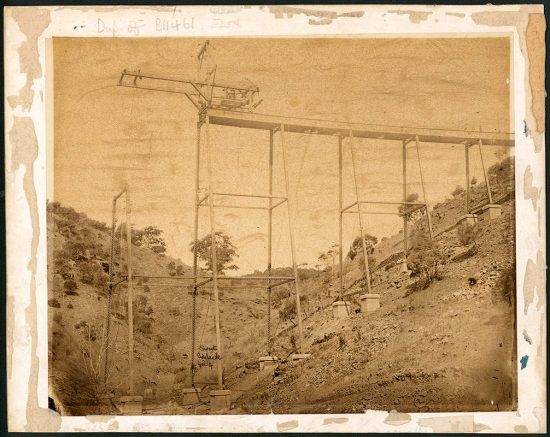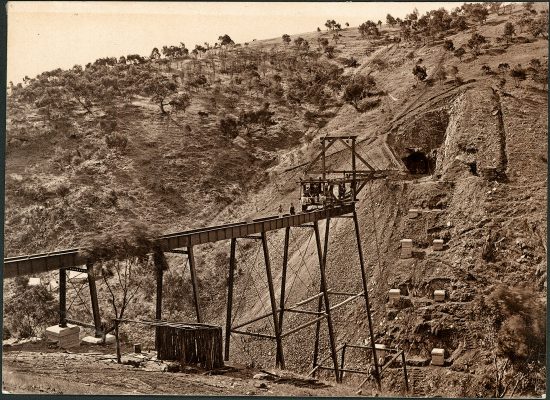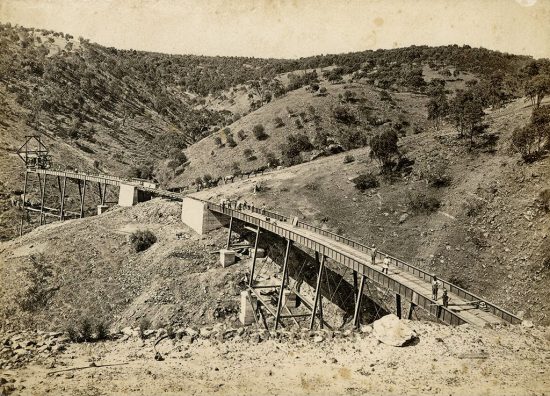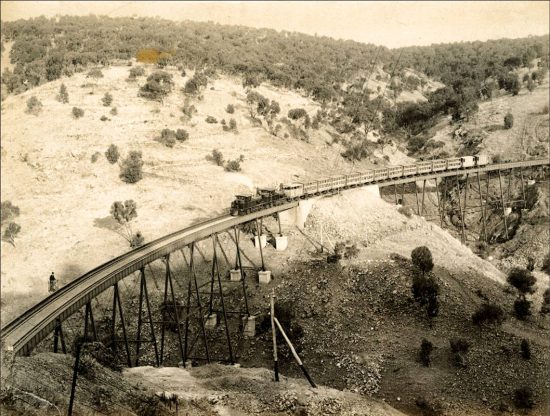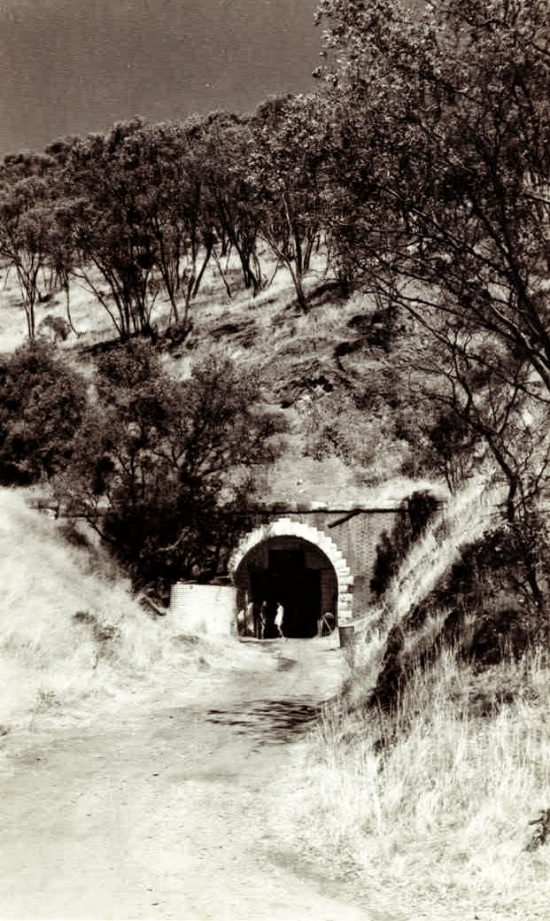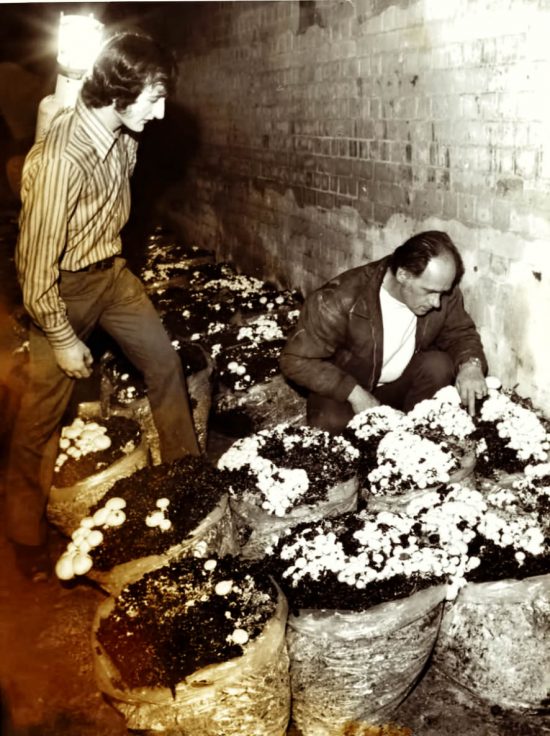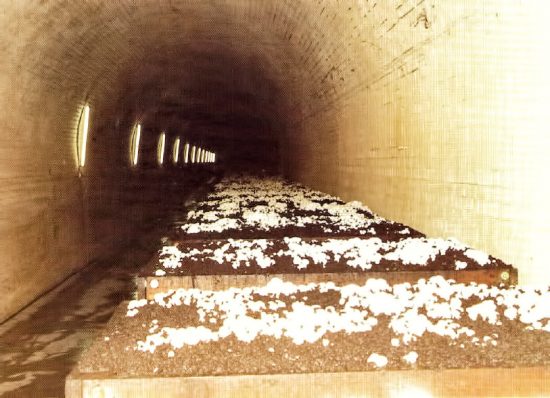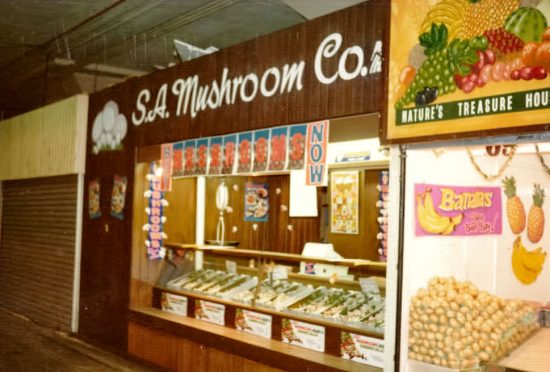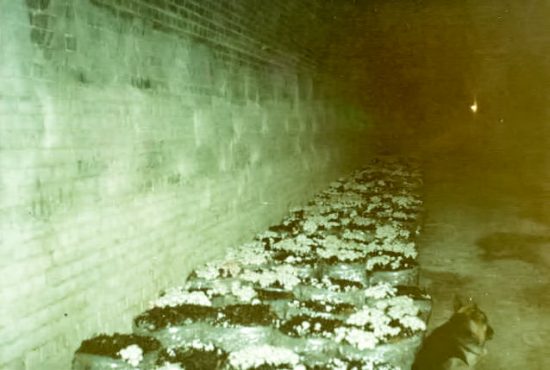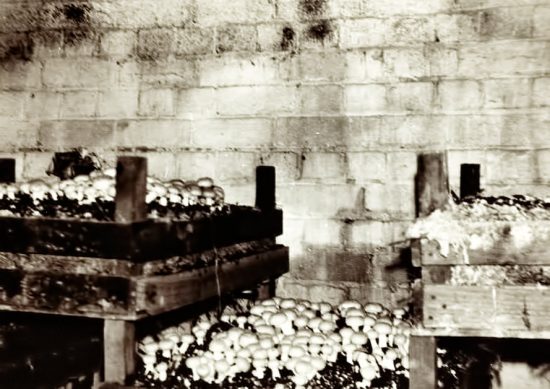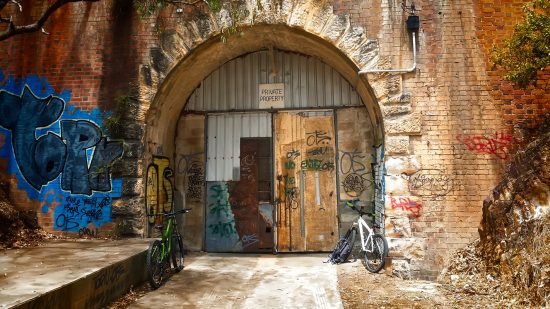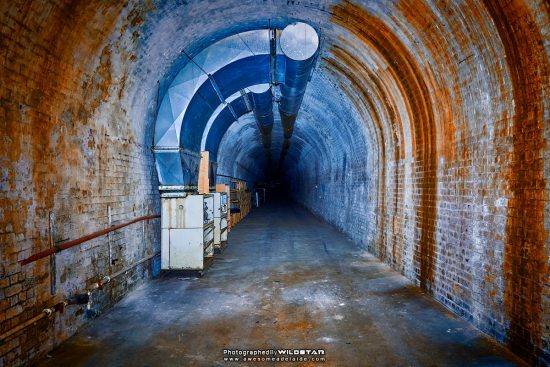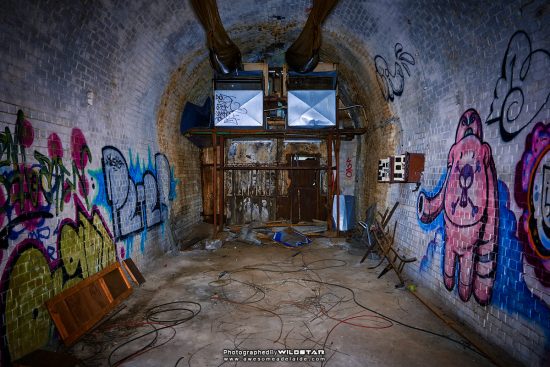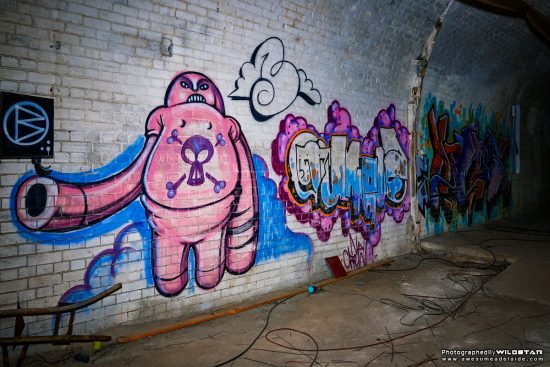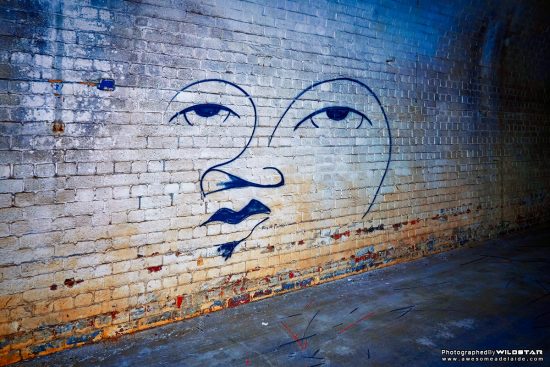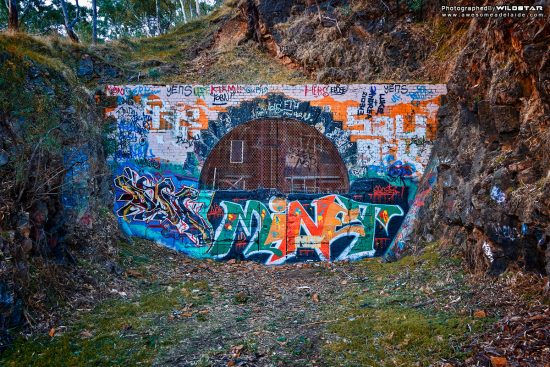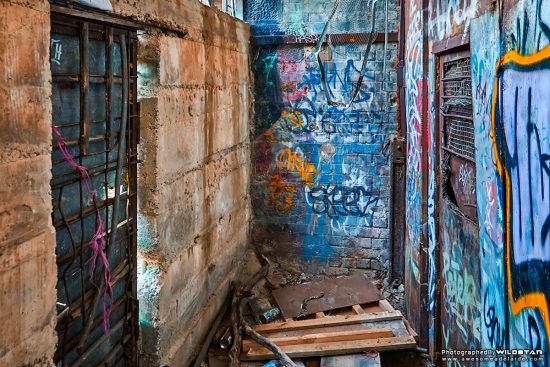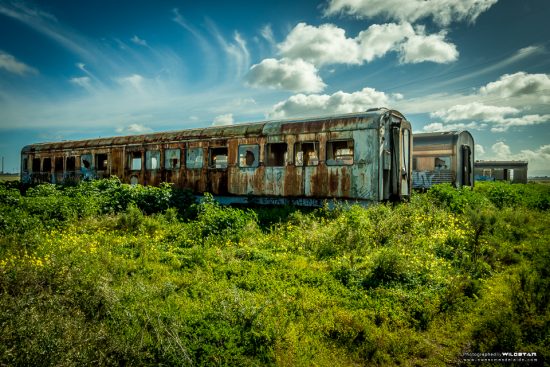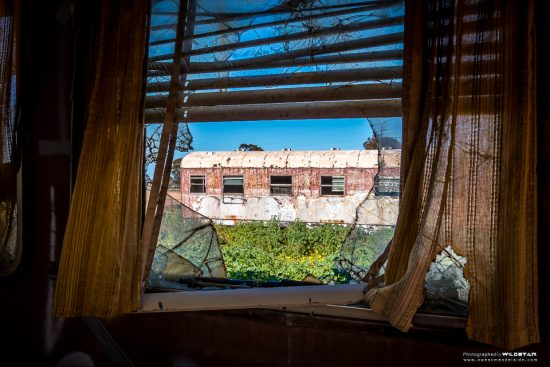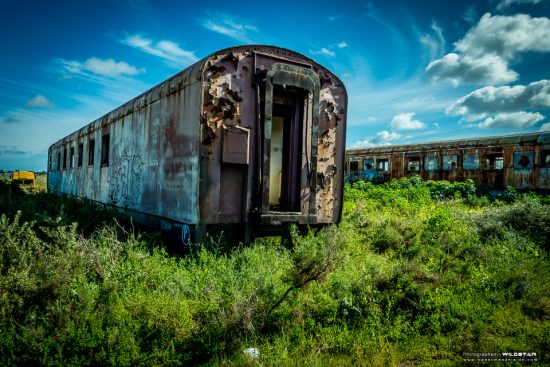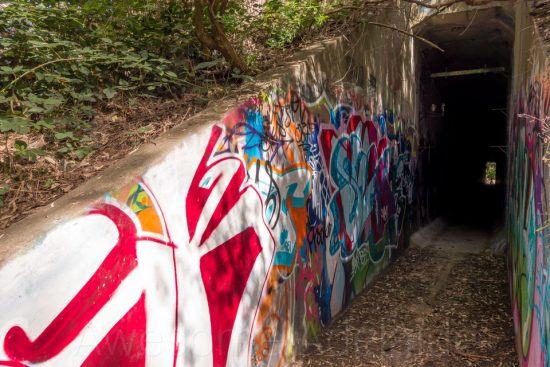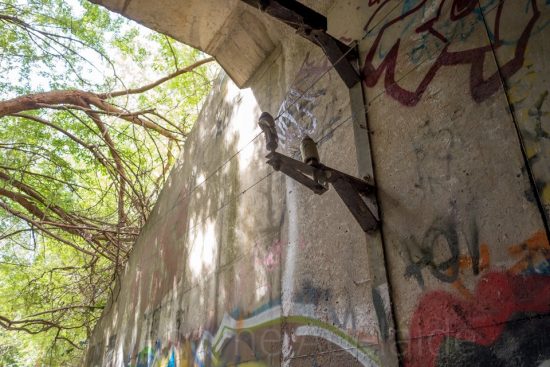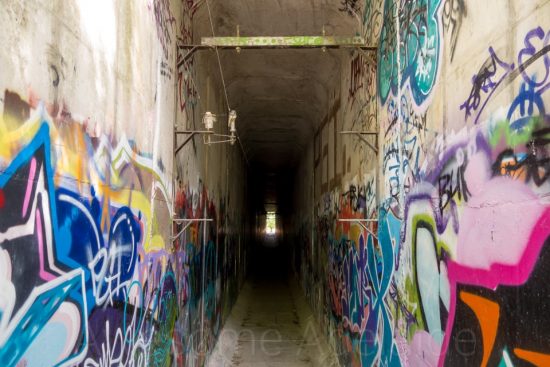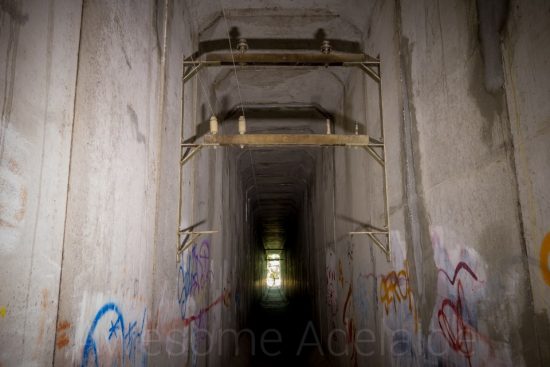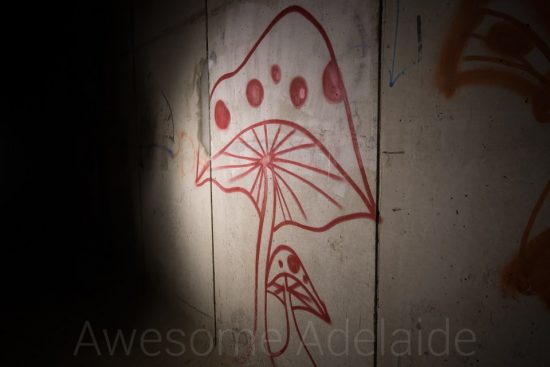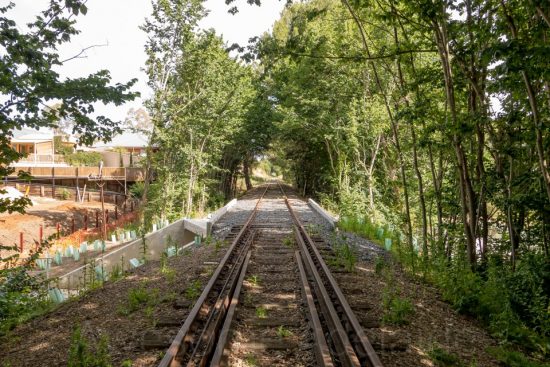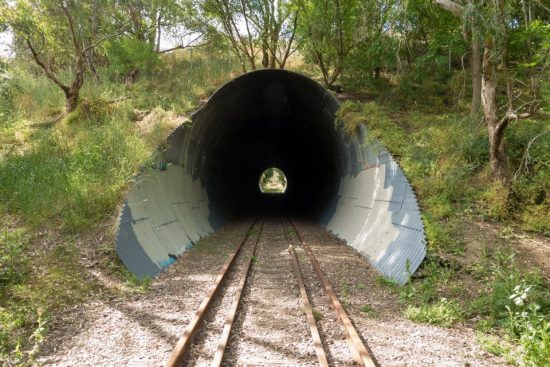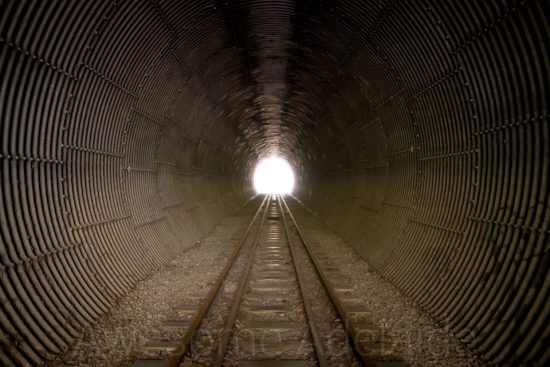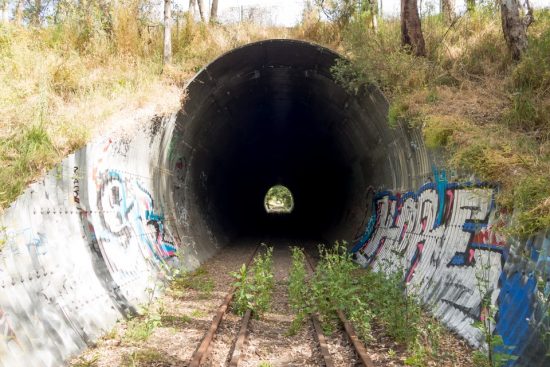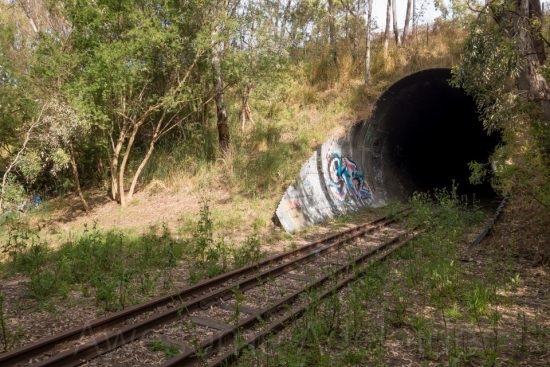Just 8 kilometres from Adelaide, in the most attractive part of the Adelaide foothills, sit two old tunnels, which have had pasts as colourful and romantic as any ancient monument in the history of South Australia.
Sleep’s Hill Tunnels & Viaducts – An Adelaide Engineering Feat (1879 – 1914)
The building of the Adelaide-to-Melbourne railway line, of which the tunnels and 31m high viaduct were an integral part, was heralded as one of the greatest achievements of South Australia at the time.
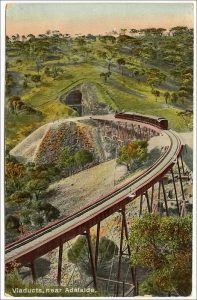
The first part of the hills line to Aldgate commenced construction in 1879 and included the building of two viaducts and eight tunnels.
The Sleep’s Hill Viaducts comprised two sections, one being 92m long and 23m high, while the other was 90m long and 31m high.
The tunnels at Sleep’s Hill were constructed 5m high and 4.5m wide with sandstone arches & piers and infilled with red brick. The longest tunnel of 377m (Tunnel No. 2) sits at the brink of the viaducts, while a 193m shorter tunnel (Tunnel No. 1) sits half a kilometre to the north.
In the second half of the nineteenth century, the South Australian Railways and the Victorian Railways were extended. The Adelaide line was extended from Wolseley and connected into the Victorian system at Serviceton in 1887. It became the first inter-colonial railway link in Australia.
Most of the traffic is freight but twice a week the well-known passenger service The Overland takes passengers to and from Adelaide and Melbourne.
The line continued to give satisfactory service until ~1914 when heavier engines began to be used. It was felt that the viaduct at the mouth of tunnel No. 2 would not support the increased weight.
World War 1 — Secret Communications Transport (1914 – 1918)
During World War 1, the tunnels were used for secret communication transportation between the states. Armed military guards were posted along the railway line to thwart any sabotage attempts.
Unfortunately there are no photographs of the tunnels at this time.
Abandoned (1919 — ~1932)
After World War 1, the old line was closed and the rails removed. The last train to ever use the tunnels was on August 11, 1919.
The two tunnels at Sleep’s Hill were superseded on 16 April 1919 when a wider tunnel was built a little to the east.
The viaducts were dismantled in June 1920.
When the line became abandoned, the tunnels became an exploration area for locals. Each year thousands of hikers, picnickers, families and explorers visited the tunnels. School holidays saw children tripping through their dark interiors. Manholes, black with soot and cut at intervals along the tunnel walls were said to echo ghost sounds of 40 years of rumbling trains. (Source: The Advertiser, June 14, 1947)
“When I was a kid … I used to play in one of the Sleep’s Hill tunnels. I remember walking through the tunnel … which was scary because it was so dark…” – Wayne Rosser
Mushroom Cultivation (1932 — 1938)
In 1932 an enterprising local man leased the two tunnels from the Government. He removed masses of stone and rock from the tunnel floor and brought in tons of earth to grow mushrooms on a commercial basis.
After importing infected mushroom spawn from England, his business finally collapsed. The fungal disease Chatomium spread throughout his crops, and after spending £600 trying to eradicate it, he finally gave up, and the old tunnels were again abandoned in 1938.
World War II — Secret Storage Vault & Ammunition Bunker (1942 — 1945)
After the bombing of Darwin by the Japanese early in 1942, the South Australian Government decided to take no chances and sort a likely hiding place for the states treasures. The Sleep’s Hill Tunnels suited perfectly.
Tunnel No. 1 was cleaned and drained. Electric lights were fitted along the arched roof and ventilators installed. Thick brick walls were built at the entrances and an iron door with security bars placed at the western end.
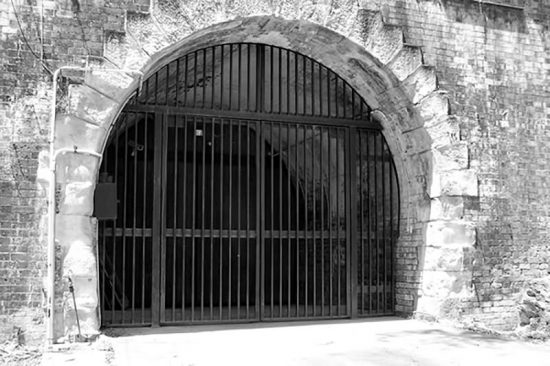
Under heavy security of the Defence Corps, truckloads of valuable State possessions were stacked onto specifically built jarrah platforms that ran the length of the tunnel. Newspapers dating from the first editions of South Australian journals (now out of existence), as well as valuable rare books from the Archives and Public Library were piled inside.
After having ensured the tunnel was bomb-proof, the Art Gallery of South Australia sent priceless pictures from its early South Australian collection into the tunnel.
The priceless vice-regal treasures from Government House were also included.
Elaborate precautions were taken against fire and the interior was constantly patrolled for outbreaks of damp and pests.
Tunnel No. 2 became an arsenal storage facility holding shells and ammunition. It was kept secret and heavily guarded.
Mushroom Cultivation — S.A. Mushroom Company (1965 — 1992)
Ann Spiel, using her savings and money from a land sale, purchased the faltering Panorama Mushroom Co. in December 1965, with her husband Craig, and partners Dirk & Mien Ravenstein. The Ravenstein’s walked out of the partnership at the end of 1968, and in 1969, with a new loan from the bank, Ann and Craig started a new company: S.A. Mushroom Co. Pty. Ltd.
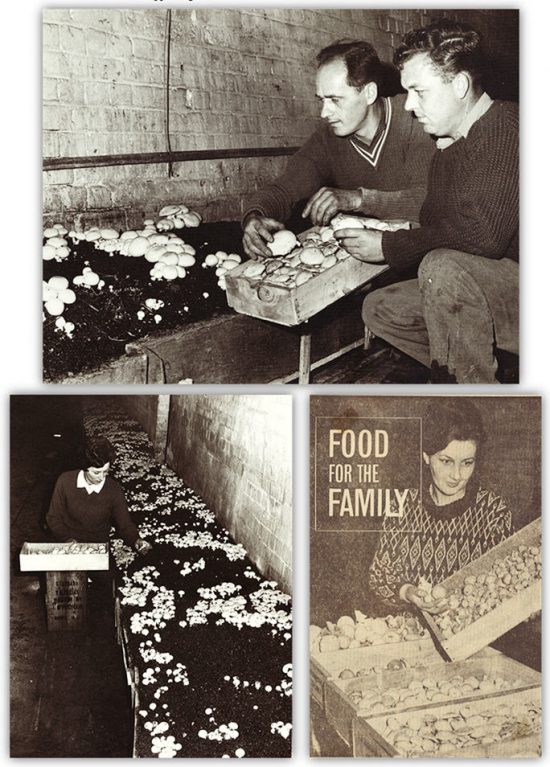
Bottom Left: Ann Spiel picking mushrooms.
Bottom Right: Mien Ravenstein extract from The Advertiser titled “Food for the Family” c.1968. (Source: Supplied)
During January 1966 through to 1970 it proved difficult to grow mushrooms inside the tunnels – often crops would be decimated by disease. Through innovation and refining their techniques it wasn’t until 1970 that the business became financially successful.
In 1976, a stall was opened in the Central Market to sell mushrooms directly to customers.
In 1978, Craig and Ann’s son, Ron Spiel, took over the business and he started laying the foundations for the future. Ron expanded the business and by 1982, both tunnels were filled with mushrooms producing about 1.5 tonnes per week. S.A. Mushroom Co. had now become the second largest producer in the state.
Growing mushrooms utilised horse manure and straw. It was sourced locally from horse stables on Morphett Road and from Bart Cummings‘s stables at Glenelg. Through a refinement process it was converted to a usable compost with which to spawn mushrooms.
The compost preparation area was located by the entrance to Tunnel No. 2. Homes built increasingly closer to the tunnels would often complain about the odour, particularly in the early evening when gully breezes would blow. This led to council pressuring Ron to relocate the compost production facility.
Ron successfully negotiated the purchase of land on Bains Road, Woodcroft. In 1989, he built a multi-tunneled mushroom growing facility on the site and relocated his business there.
On 21 October 1993, both of the Sleep’s Hill tunnels were State heritage listed.
Wine Storage (2002 — now)
In 2002, David Munro, a Mitcham councillor, bought the tunnels and accompanying land from TransAdelaide for his wine storage business. The constant temperature of around 17 degrees Celsius made it perfect for storing wine.
Both tunnels are now used to store wine.
